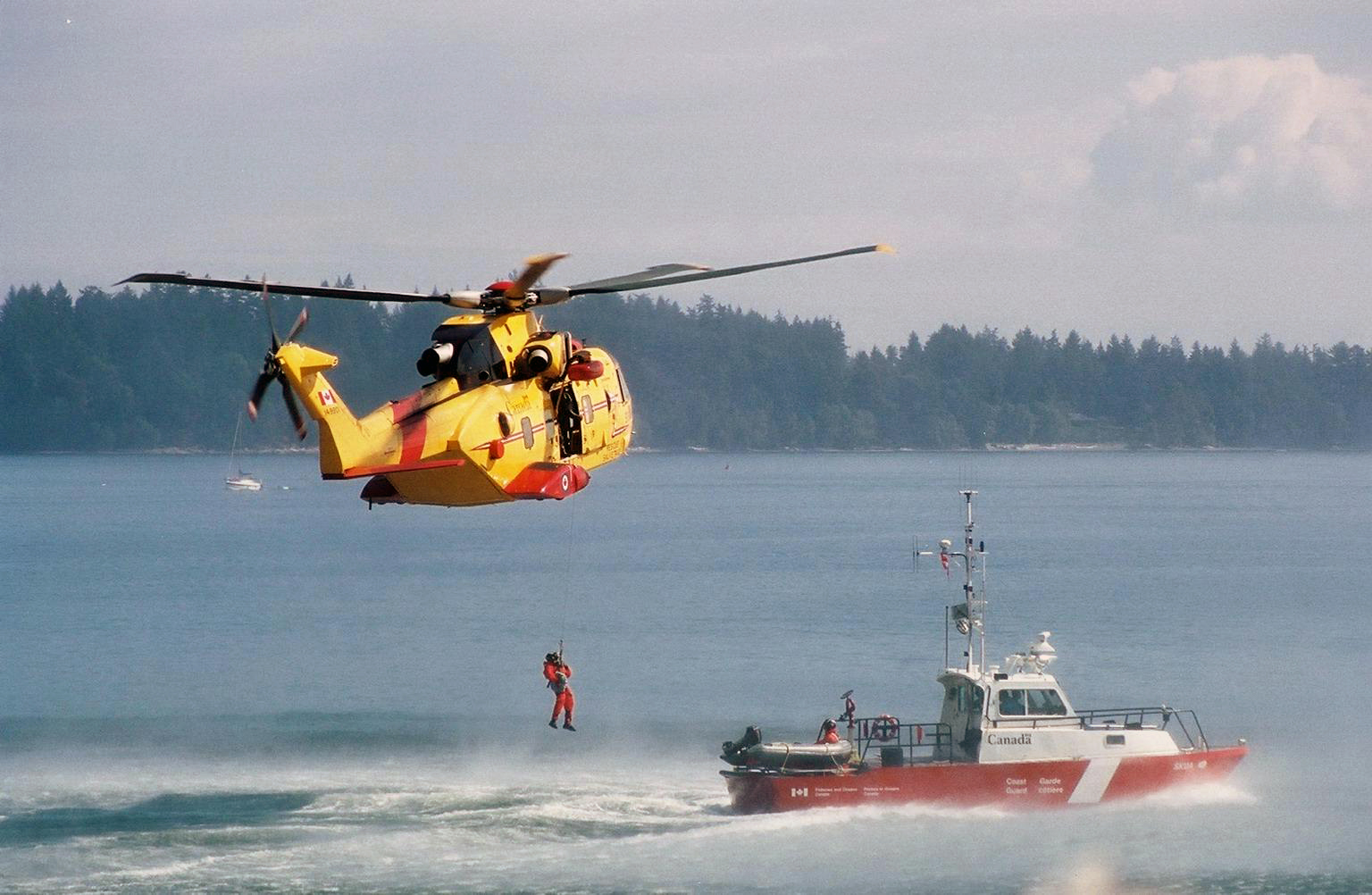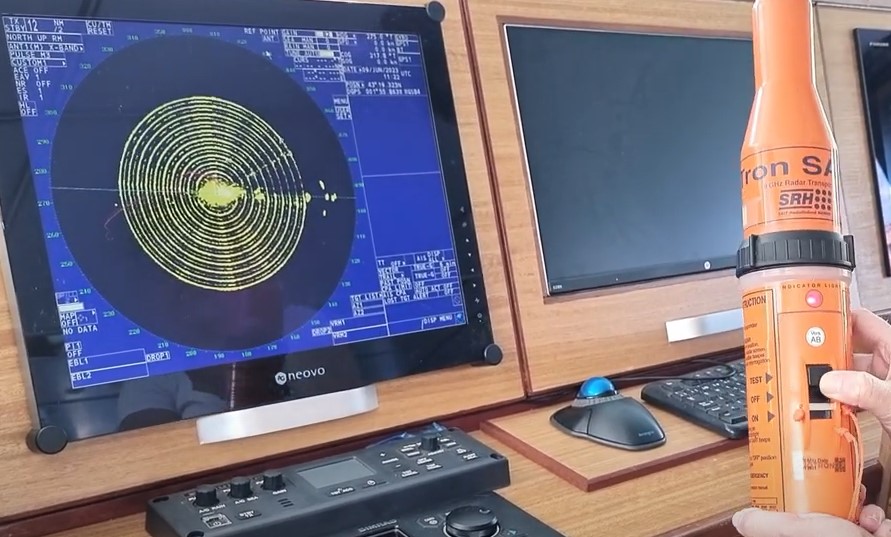DLP-MT-LPCOM3-SART
In this learning path you will learn about SART. You will learn how to do manual activation Search and Rescue Radar Transponder (SART)
What does a SART transponder do?
What is the difference between SART and Epirb?
How is SART activated?
How to detect SART in radar?

Search And Rescue Transponder (SART) – How does it work?

Search And Rescue Transponder or SART in short is an integral part of ships GMDSS ( Global Maritime Distress and Safety System ) requirement under SOLAS after EPIRB.
A search and rescue transponder is a self-contained, waterproof transponder that when actuated during emergency reacts to the emission of a radar to send its current location.
It is both a vital and mandatory ( All GMDSS vessels up to 500 ton must carry one SART ) device on board ship, consists of 3 basic equipment i.e a powerful battery, omni–directional radar receiver and its transmitter.
They are designed to be compact and easy to use, are used / fitted on ships / vessels, life raft , boats and survival crafts. Once activated they can last for at least 96 h.
Normally mounted in a bulkhead bracket of the mother ship they can be carried in one hand to the liferaft when abandoning the ship and mounted on the canopy of the liferaft using the telescopic pole.
Look at the picture. This represents the final result that will be achieved after switched on

Watch this video in real SART TEST on board ORTZE EA2421 equipment
How do you activate SART on board?
A summary is a shortened version of SART. It contains the main points in the text. It is a mixture of reducing a long text to a short text and selecting relevant information. A good summary shows that you have understood the text.
- Made of waterproof reinforced plastic it can withstand extreme weather condition and prolonged sun exposure.
- The SART device is generally orange in color ( internationally Accepted standard ), but a few times can also be seen in yellow color.
- It is made as such it can float freely of the mother ship or survival craft.
- SART operates in the 9 GHz (3 cm or ‘X-band’) radar frequency band and does nor responds to or show on S-band radar.
- It is mounted / installed on the ship’s bulkhead near bridge using a fixed support or mounting bracket.
- SART can only be activated manually ( ON Position ) after break the security tab. Thus only respond when actuated under distress; the rotary switch will auto reset to off from test position once released.
- Regular testing is advised but should be limited to very short period. Further, nearby ships should be informed in advance before testing.
- The device can either be used as portable device or mounted on survival craft.
- When activated the device will flash red light every 2 seconds under standby mode and will sound buzzer every 2 seconds with continues red light when actively transponding.
- When activated it will send a distress signal that will show on the radar as 12 consecutive dots. As you approach the source the dots will start to get wider and form an arch.
Please answer this quiz, if you can't answer some of the questions , go again to activity and try again.
Resource information